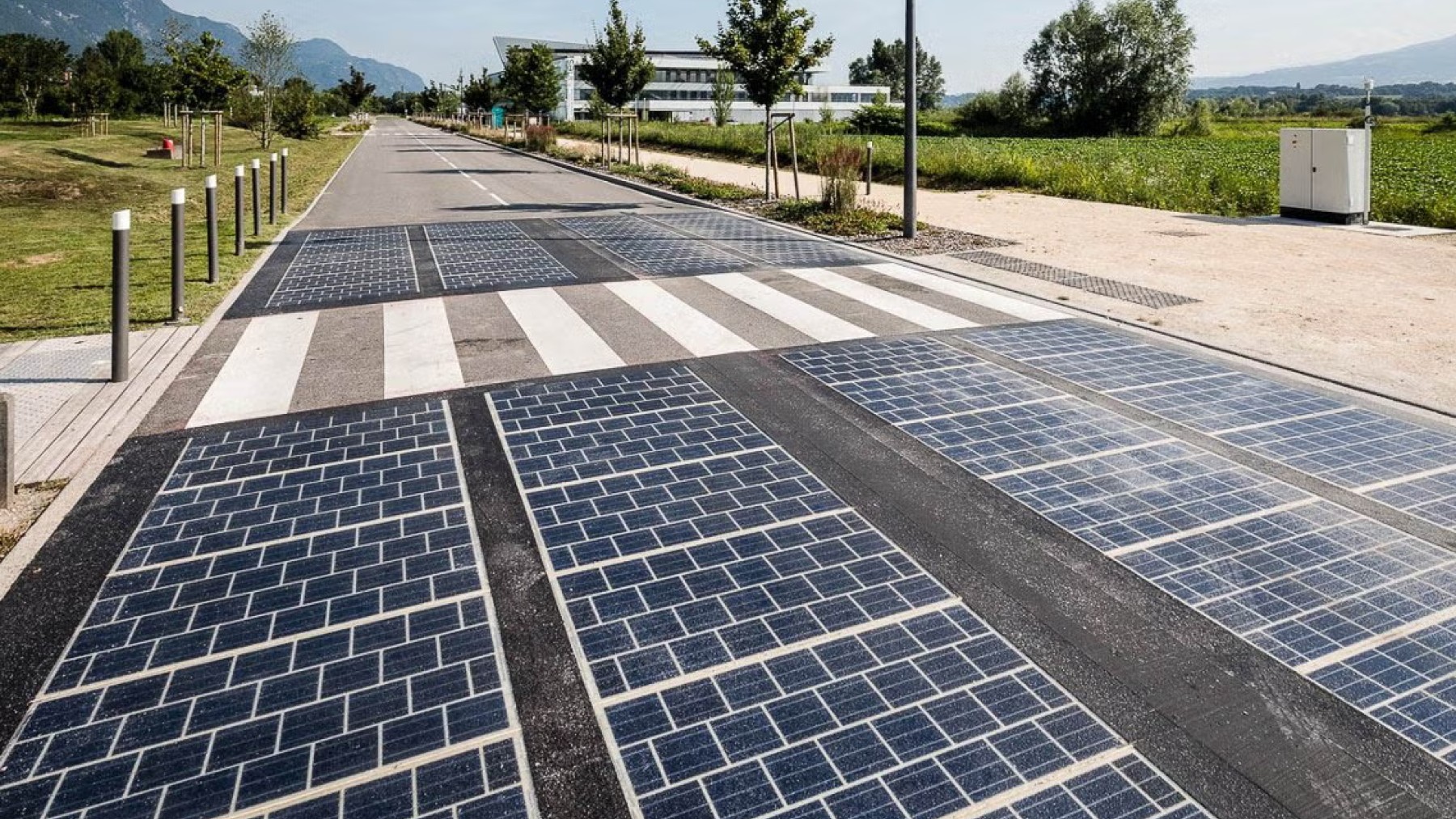America debuts first-ever photovoltaic highway: A futuristic design, and a record-breaking power output
October 1, 2024

Georgia has been leading the way in the transformation of transportation by implementing photovoltaic highways as part of their wider plan for a zero-carbon future. Georgia is investigating renewable energy solutions which can transform both the roads as well as the vehicles. Fundamental to this endeavour is The Ray, an 18-mile stretch of Interstate 85 which has developed into a testing ground for solar-powered technologies together with electric vehicle (EV) infrastructure, displaying how transportation can be not only green, but also efficient, as well as sustainable.
The Ray and Preachtree Corners lead the way in the Solar Roadway initiative
Leading the sustainable innovation is The Ray along with the Wattway solar roadway by Colas, which implants photovoltaic cells in the surfaces of the to produce electricity for the traffic systems, streetlights, as well as the EV charges. Utilizing a 50 square meter segment at the Georgia Visitor Information Center, Georgia, in 2016, became the first state to install this technology.
Peachtree Corners in partnership with The Ray is ready to produce the first completely operational solar road in the U.S. This initiative fits in with the mission of the Curiosity Lab to build smart city technologies along with advance eco-friendly urban living.
New solutions arise amid early testing flaws
Regardless of the promise of solar roadways, notable problems still exist. Early testing in both France as well as in the United States illustrated that these roads produce less energy than expected, with the panels from Wattway in Normandy only generating half of the expected production. In Idaho, results of a similar nature were observed, where solar roadways under-performed in comparison to conventional panels. F
actors like heavy traffic, in addition to extreme weather, as well as wear reduces the fixed solar cells efficiency, while early designs were confronted with problems like panel gaps as well as noise from the vehicles.
Nonetheless, development still continues. Colas is working on a next-generation Wattway which tackles these problems, and the Auburn University’s National Center for Asphalt Technology is rigorously testing solar roadways to simulate long-term wear together with refining the technology for wider applications.
Peachtree Corners’ grows Solar Roadway initiative: New application of solar panels in bike and autonomous vehicle lanes
Meanwhile, the state’s solar roadway project continues to become larger. New applications of solar road technology are being built by Peachtree Corners, which includes installation of solar panels in the bike lanes as well as in the autonomous vehicle lanes which may prompt the production of traffic signs, streetlights, as well as security systems, further improving the infrastructure of Georgia.
Moreover, Georgia is exploring the potential for a solar-powered mobility hub, which can serve micro-mobility vehicles like electric scooters along as well as bicycles, offering clean energy for transportation options which are off-grid.
Peachtree Corners also acts as the biggest EV fast-charging site in the metro Atlanta area, emphasizing the dedication of Georgia to sustainable transportation. This project has made Peachtree Corners the leader in clean mobility solutions as well as an example for the other cities to include solar roadways together with the infrastructure of EV in their urban designs.
The innovative project of the city is leading the way for a future of transportation that is both, healthier as well as more sustainable. The Ray as well as the Peachtree Corners’ efforts illustrates how creative infrastructure initiatives can utilize renewable energy to power everything from electric vehicles to streetlights. Even though the technology is still evolving, the progress that has been made so far demonstrates a bright future ahead for solar roadways.
With the progression of advancement, the state is well-positioned in leading the shift to zero-carbon transportation, becoming a model for the other states as well as cities all around the United States in a As advancements progress, Georgia is well-positioned to become a leader in the transition to zero-carbon transportation, setting an example for other states and cities across the United States in the hunt for energy solutions which are more cleaner and more ecological.
Search
RECENT PRESS RELEASES
Related Post




